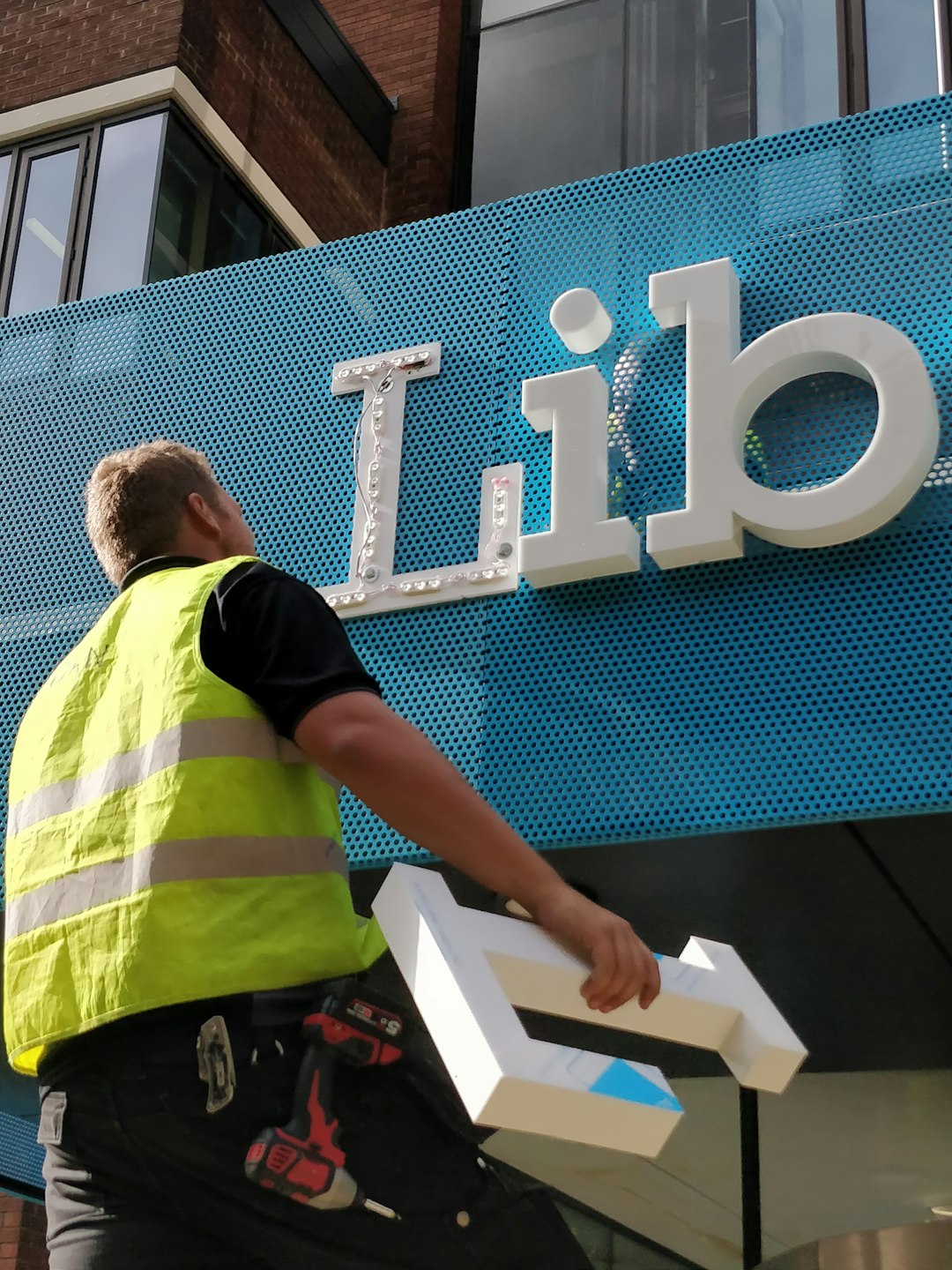
Work-based learning is an educational strategy that provides students with real-life work experiences where they can apply academic and technical skills and develop their employability. It is a dynamic approach that bridges the gap between classroom education and the professional world, offering students a glimpse into the working environment and helping them make informed career choices.
One of the most common forms of work-based learning is internships. Internships allow students to gain hands-on experience in their field of study while still in school. These positions can be paid or unpaid and typically last for a semester or summer. Internships provide valuable insights into the daily operations of a business, helping students understand the practical applications of their theoretical knowledge. They also offer networking opportunities and the chance to develop soft skills such as communication, teamwork, and problem-solving.
Apprenticeships are another excellent example of work-based learning. Unlike internships, apprenticeships are usually longer-term commitments that can last from one to four years. During an apprenticeship, individuals work alongside experienced professionals and receive both on-the-job training and classroom instruction. This dual approach ensures that apprentices acquire the skills necessary to excel in their chosen trade or profession. Apprenticeships are particularly prevalent in skilled trades such as plumbing, electrical work, and carpentry, but they are also expanding into fields like information technology and healthcare.
Cooperative education, or co-op, is a structured method of combining classroom-based education with practical work experience. Students in co-op programs alternate between periods of academic study and full-time employment in positions related to their field of study. This model allows students to integrate their learning with real-world experience, often leading to better job prospects upon graduation. Co-op programs are highly valued by employers because they produce graduates who are not only knowledgeable but also experienced and ready to contribute from day one.
Job shadowing is a shorter-term work-based learning opportunity where students observe professionals in their work environment. This experience allows students to gain insights into the day-to-day responsibilities of a particular career and helps them determine if it aligns with their interests and goals. Job shadowing is particularly beneficial for high school students who are exploring different career paths and need exposure to various industries.
Service learning combines community service with classroom instruction, emphasizing reflection and personal growth. Students participating in service learning projects work on community-based initiatives that address specific social issues. This type of work-based learning helps students develop a sense of civic responsibility and enhances their understanding of societal challenges. Furthermore, it fosters critical thinking and problem-solving skills as students work to find solutions to real-world problems.
For more detailed work based learning examples, you can explore various resources that showcase successful programs and initiatives. These examples provide insights into how different educational institutions and organizations implement work-based learning to benefit students and communities alike.
Mentorship programs also play a crucial role in work-based learning. Through these programs, students are paired with experienced professionals who provide guidance, support, and advice. Mentors help students navigate their career paths, offering insights into industry trends and sharing personal experiences. This relationship can be invaluable as students transition from academia to the workforce, helping them build confidence and develop professional networks.
To learn more about how work-based learning can be effectively integrated into educational curriculums and to explore various program models, visit this resource. It offers a wealth of information on creating impactful learning experiences that prepare students for the demands of the modern workplace.
By engaging in work-based learning, students gain a competitive edge in the job market. They emerge as well-rounded individuals equipped with the skills, experience, and knowledge needed to succeed in their chosen careers.







